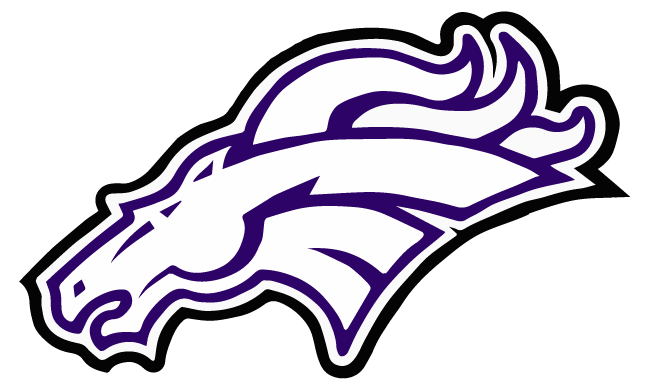The Valley Heights Forensics team hosted one of the most stressful and organized events of the school year, the home forensics meet. Forensics season lasts from January to May, with meets from Marysville to Nemaha Central. However, Valley Heights hosted a meet February 22, switching our view from competing to hosting.
“I did event planning for 20 years for a major telecommunications company, and this event ranks right up there with some of those events,” said Forensics Coach, Lynette Steele-Coon.
The meet does not only require the forensics team to run the tab room, work as timekeepers and help in the hospitality room, but also members of the community to serve as judges for the different events and provide meals for the judges and coaches, along with students to run the concession stand.
Forensics judge and community member, Kim Hardin, said, “I always enjoy judging at the Valley Heights forensics meet. It allows me to watch a variety of performances, all of which were amazing. The meet seemed to be run smoothly and the food provided by Mrs. Pacha in the hospitality room was amazing.”
The organization process begins with emailing each school’s forensics coach to receive the number of competitors for each event. These numbers are likely to be changed and updated at least five more times before the actual meet. Even then, schools will have “walk-ins” and cancellations to be changed. Each event is given rooms for the performers to present in, averaging 7 to 8 performers per room. If there are any cancellations or additions in events that are close to the maximum in a room, room assignments will have to be changed and altered.
Forensics member, Jackson O’Toole, said, “I checked the emails with Mrs. Coon in the morning and would update the changes. We liked to stay updated as often as possible.”
The next step is to tally the amount of competitors in each event and make copies of ballots in each assigned color. Original Oration ballots, for example, are printed on dark green paper. These ballots are then stapled in groups of two, since there are two rounds, and the correct amount of each event are placed in manila envelopes to be given to the coaches upon their arrival. Along with the ballots, maps of the school with performance rooms marked, a cancellation sheet, an entry sheet, and a coaches’ packet are placed inside the envelop.
The next step is to enter each school’s codes into the calculation simulator, which properly places each events’ top competitors after entering the results from the ballots between both rounds and then finals. After entering the results from round two, the top six qualifiers’ codes are written on large pieces of paper and posted in the commons to announce who “broke” to finals, and will perform once more in finals.
The last step is to enter the finals results for each event and sort the awards into envelops to present to the competing teams. All that is left now is to clean up the commons and restore each room used to its original desk layout.
Article by Sam Hardin

